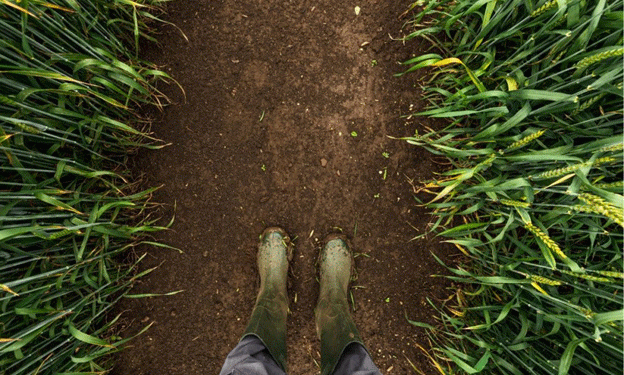Recent rains in the US central and southern Plains have provided some hope for winter wheat farmers struggling with severe drought. After months of dry conditions, much-needed precipitation arrived just in time to influence the early stages of winter wheat development. This has eased fears of significant crop failure as the wheat heads into dormancy for the winter months.
USDA Crop Condition Ratings
The US Department of Agriculture’s (USDA) latest Crop Progress report, dated November 3, showed some recovery in wheat conditions following the rainfall. Nationwide, winter wheat rated as good-to-excellent reached 38%, still trailing the 47% from the previous year and marking the second-lowest rating since 1986. Despite this improvement, moisture deficits continue to threaten crop yields.
In Kansas, the largest hard red winter wheat-producing state, the good-to-excellent rating increased slightly to 40% from 38% the previous week. Oklahoma saw a more notable recovery, with ratings rising from 21% to 31%, and Colorado improved from 51% to 58%. However, Texas experienced a decline, with good-to-excellent ratings dropping to 24% from 30% the prior week. While these gains are promising, substantial rainfall is still needed to establish a stable crop before dormancy sets in.
Impact on Soil Moisture
Soil moisture remains a critical issue despite the recent rains. As of November 3, topsoil moisture rated as short to very short was alarmingly high: 55% in Kansas (though improved from 78% the week before), 68% in Oklahoma (down from 84%), and 78% in Texas (previously 92%). These figures underscore the continued risk to wheat development and the urgent need for more precipitation.
Justin Gilpin, CEO of Kansas Wheat, expressed cautious optimism, acknowledging the late but welcome rainfall: “The central and southern Plains needed a pattern change. Getting rain now, even if a couple of weeks late, still gives wheat a fighting chance as it heads into dormancy. We’re not going to complain about moisture, but whether it will significantly spur growth remains to be seen.”
A Broader Look at the Plains and Beyond
The situation is not much better in the Central states, where soft red winter wheat is grown. Missouri’s good-to-excellent rating for winter wheat improved to 61% (up from 55%), and Illinois saw a jump to 68% from 51%. Indiana, Ohio, and Michigan also reported slight improvements in conditions. However, topsoil moisture in these areas continues to reflect the aftermath of a prolonged dry spell.
For wheat farmers, these conditions pose serious challenges. The timing of moisture, combined with the soil’s ability to retain it, is crucial for the crop’s establishment before it becomes dormant. The upcoming weeks are critical for wheat plants to develop tillers, the shoots that will become grain heads in the spring.
While the recent rainfall has provided a much-needed boost to winter wheat crops in the US central and southern Plains, the situation remains fragile. Drought conditions persist, and continued precipitation is necessary to support crop growth through the winter and reduce dependence on spring rains. For farmers, agronomists, and agricultural engineers, the focus will be on monitoring soil moisture levels and preparing for the challenges of a potentially dry growing season ahead.
Error




